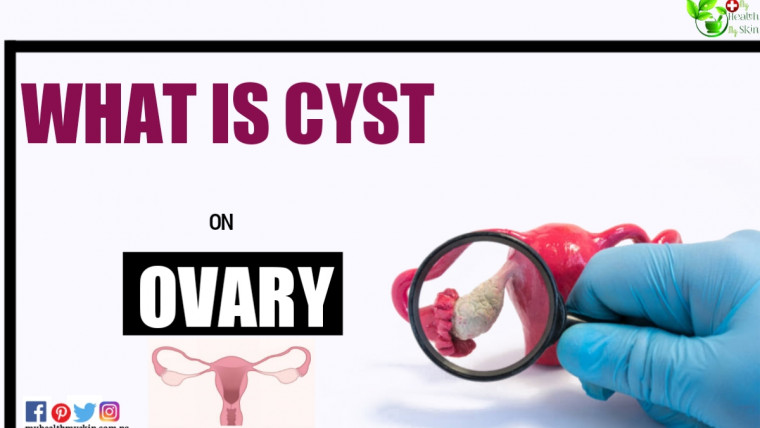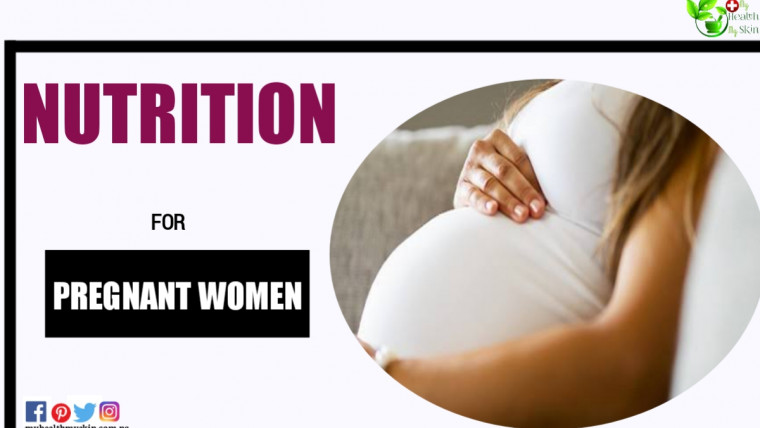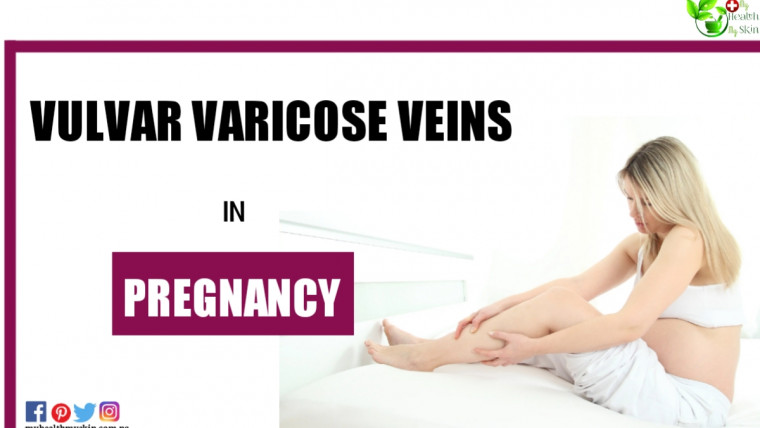Although it is important to observe changes in the breast, know that not every lump means the existence of cancer.
Sometimes the lump is just a fat deposit or the result of high levels of the hormone estrogen in the body.
Of course, in some cases, a breast lump that moves can be a sign of a more serious problem, such as an infection or even cancer.
Even doing preventive exams and trying to reduce the risk of having breast cancer, the disease exists, and it can appear in any woman.
Therefore, it is necessary to be attentive to the signals of the body, because the sooner the treatment is started, the higher the chances of cure.
So, see what breast lumps or breast lump that moves can be and what to do when you notice them.
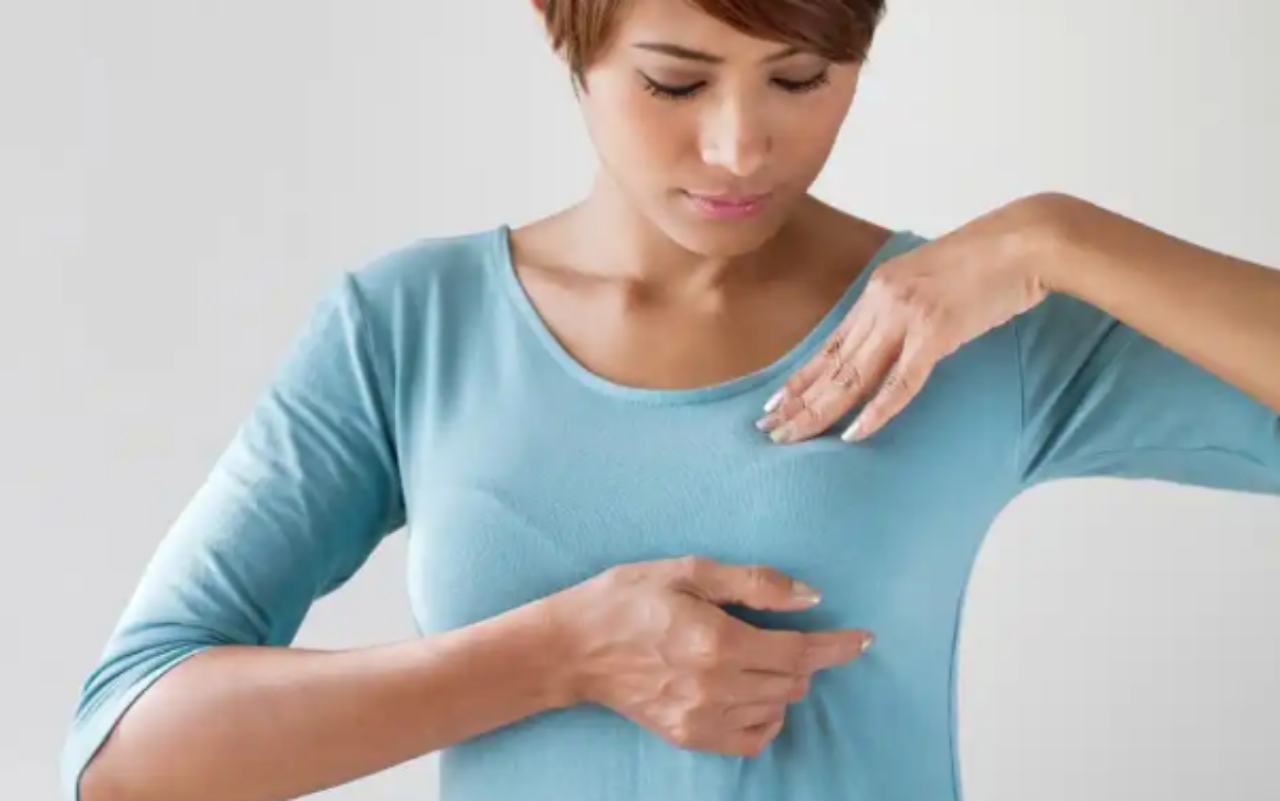
LUMPS IN THE BREAST
A breast lump is any swelling or lump that feels different to the touch compared to the other breast.
Certainly, the diversity of structures present in the breasts (such as tissues, nerves, blood vessels and ducts) makes the site prone to irregularities that can be felt by the touch of the hands.
In addition, changes that occur throughout the menstrual cycle can cause fluid retention, giving the impression that there is a lump at the site, when in fact there is none.
While it can be scary to come across a breast lump, know that most are not cancerous and do not affect your long-term health.
What Can It Be
Nodules can be benign (non-cancerous) or malignant (cancerous). The main types of benign lumps seen in the breasts are:
Breast Cyst
This Is A Fluid-filleded cyst that is soft to the touch and feels like rubber under the skin. Some cause pain and some don’t.
Exactly why they arise is not known, but they appear to be formed because of hormones related to menstruation and so are rare in women over 50 years of age.
Sebaceous Cyst
This cyst occurs when the ducts of the sebaceous glands, which produce sebum, become blocked.
Because of this, sebum accumulates at the site, causing inflammation and forming a cyst just under the skin.
Adenoma And Fibroadenoma
Adenoma is an abnormal growth of breast tissue. The most common type is fibroadenoma, which is a firm, round lump with smooth edges.
It mainly affects women under 30 years of age and usually goes away without the need for treatment. A biopsy is usually done to make sure that this type of lump is not cancer.
Mastitis
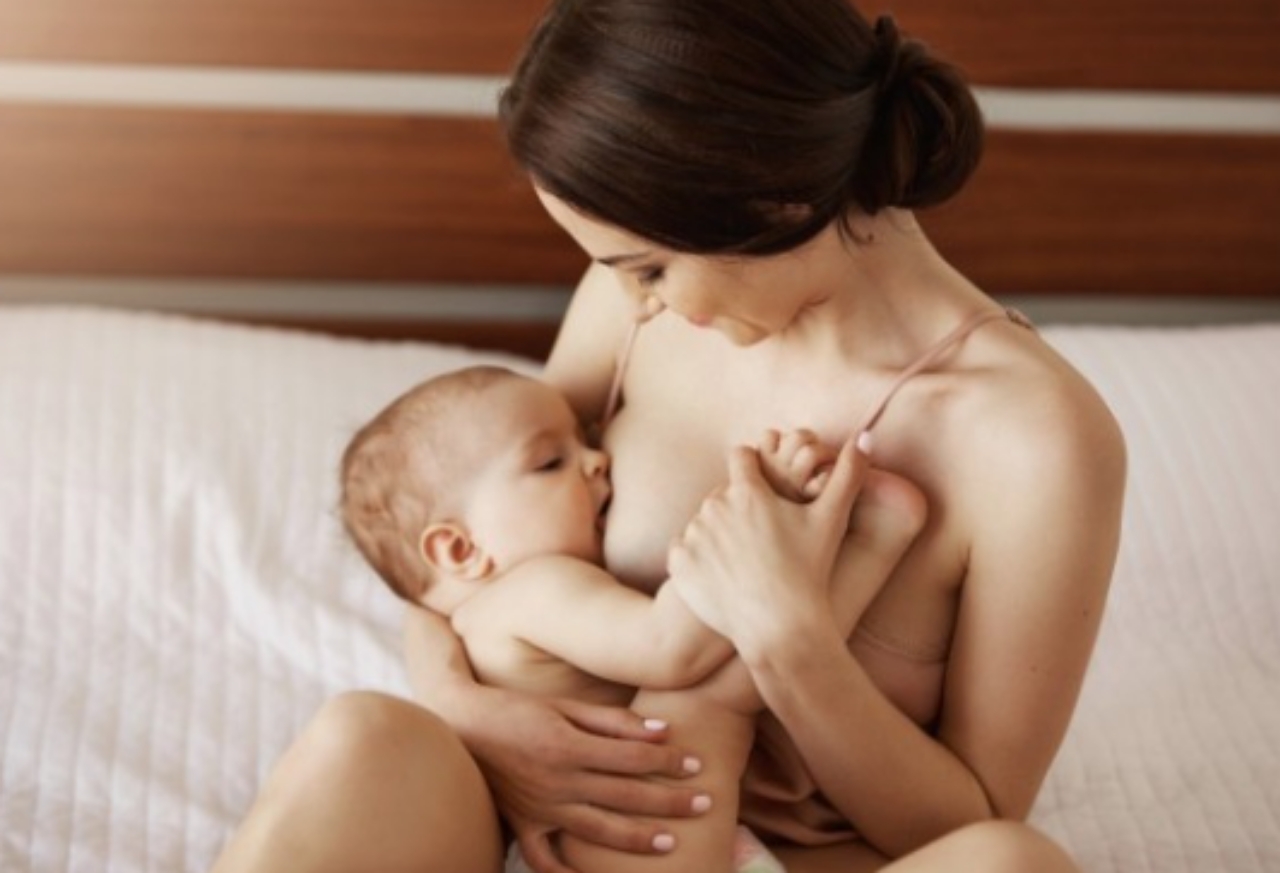
Mastitis is an infection that affects the breast and causes pain, swelling and redness. Although it is more common in women who are breastfeeding, mastitis can also affect those who are not breastfeeding and even some men.
Also check out what can be the sensitivity in the nipple that affects many women, especially while breastfeeding.
Intraductal Papillomas
Papillomas are very similar to warts. They develop in the nipple or milk ducts of the breast and sometimes bleed.
Young women can have multiple papillomas, while those close to menopause have just one.
This type of lump is benign, but the occurrence of too many of them can increase the risk of cancer in the future.
Abscess
Abscesses are commonly caused by bacteria. In addition to the bump on the skin that hurts a lot, the skin on your chest can be red, hot and tight. Tiredness and fever may also arise from the infection.
Breastfeeding women have a higher risk of having breast abscesses due to the increased exposure of the nipples.
Mammary Duct Ectasia
This is a condition that affects lactating women. In ectasia, the milk ducts become clogged. This causes swelling and can result in the release of a grayish fluid. Inflammation can also cause a small lump below the nipple or cause it to retract into the breast.
Fat Necrosis And Lipoma
Fat necrosis occurs when there is some damage to the fatty tissue (fat tissue) of the breast. This can cause pain, nipple discharge, and dimpling of the skin. A lipoma, also formed by fat, is a soft lump that does not cause pain.
Other Benign Nodules
There are also other types of benign breast lumps that can include hamartomas, breast hematomas, hemangiomas, neurofibromas, and adenomyoepitheliomas.
Pre-cancerous (Or Cancerous) Lumps
Cancerous nodules are those that are not cancer but have the potential to develop into cancer cells in the future. Therefore, they are usually surgically removed to prevent complications. Some of them are:
- Radial scars;
- ductal or lobular hyperplasia;
- In situ tumors;
- Phyllodes tumors.
Cancerous Nodules
Malignant nodules are usually harder and firmer to the touch. In addition, the shape of the nodule is irregular.
In most cases, the cancerous lump does not cause pain. But if the tumor is very large, pain can be one of the symptoms.
In breast cancer, abnormal cells appear in the breast tissue that begin to grow, multiply and spread uncontrollably.
Any part of the breast can develop cancer, but the disease is most common in the upper or armpit area.
What To Do
When you notice a lump in the breast, see your doctor for a more detailed evaluation through an ultrasound or mammogram. When the lump is benign, no treatment is needed and you will likely have to continue having routine checkups.
But, precancerous or cancerous lumps need to be closely watched by a doctor.
The treatment of a cancerous lump will depend on the type of lump and also the stage it is at. Because it is cancer, treatment may include surgery, chemotherapy or radiation therapy.
In any case, it is essential to contact a healthcare professional to determine whether or not your lump needs treatment. To see more post on Women’s Health click here.
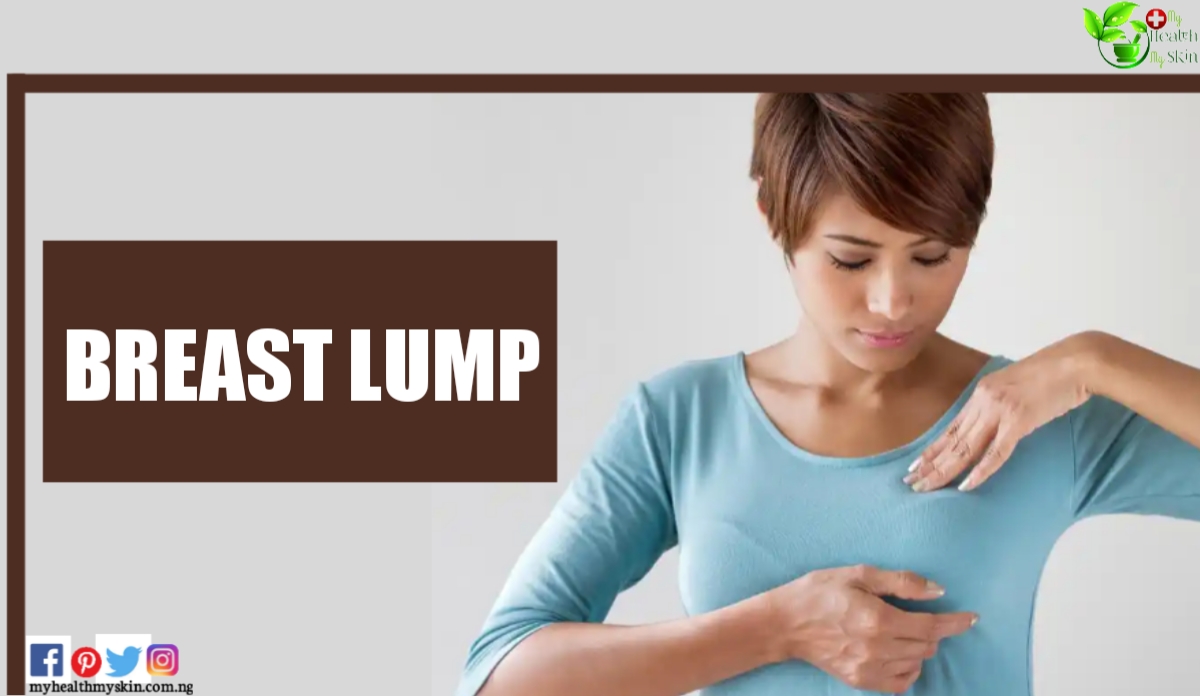
Do You Have Breast Exams Often? Have You Ever Noticed Any Unwanted Lumps? Comment Below!


